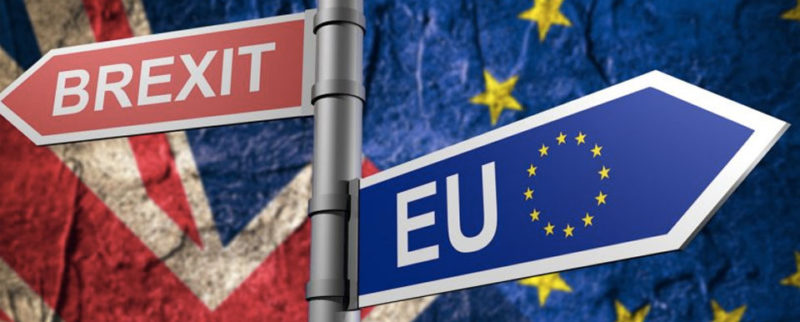The British parliament is due to take a decision on Brexit next week.
Whether it will be a hard or a soft Brexit, deal or no-deal, the fact is that the UK will no longer be part of the EU as of 30 March 2019. In the best case there will be a transition period lasting until the end of 2020, with a possible one-time extension until the end of 2022.
But although the ultimate deadline may be uncertain, one thing is blindingly obvious: all scenarios will bring customs obligations with them, and trade with the UK will involve formalities that have to be met.
Which measures can you take already now?
1. Make sure you understand your own flow of goods and what your Brexit weaknesses are: longer transit times, the need for additional documentation, import duties …
Assume the worst.
To carry out a Brexit scan see:
– general (Federal Govt. Dept. of the Economy)
– specifically for VAT matters (Customs & Excise)
– Flanders Investment and Trade
2. Brush up your knowledge of Customs & Excise, because if you’ve never traded with a non-EU country you’re in for some unwelcome surprises.
Agree who is responsible for what within your company.
3. Speak to your customers, suppliers, service providers etc.
Review your current and future work procedures, agreements and conditions. Screen the contracts for liabilities, KPIs, Incoterms, capacity, exchange rate conditions etc.
4. Contact customs to request your EORI registration.
You need this Economic Operator Registration and Identification Number to import or export outside the EU (and so also the UK).
5. Get a third party to take care of your customs processing; make sure they have the necessary information to do this correctly.
6. Look at the possibilities for investing in customs technology in order to cope with the increased volume of transactions and clearance costs.

